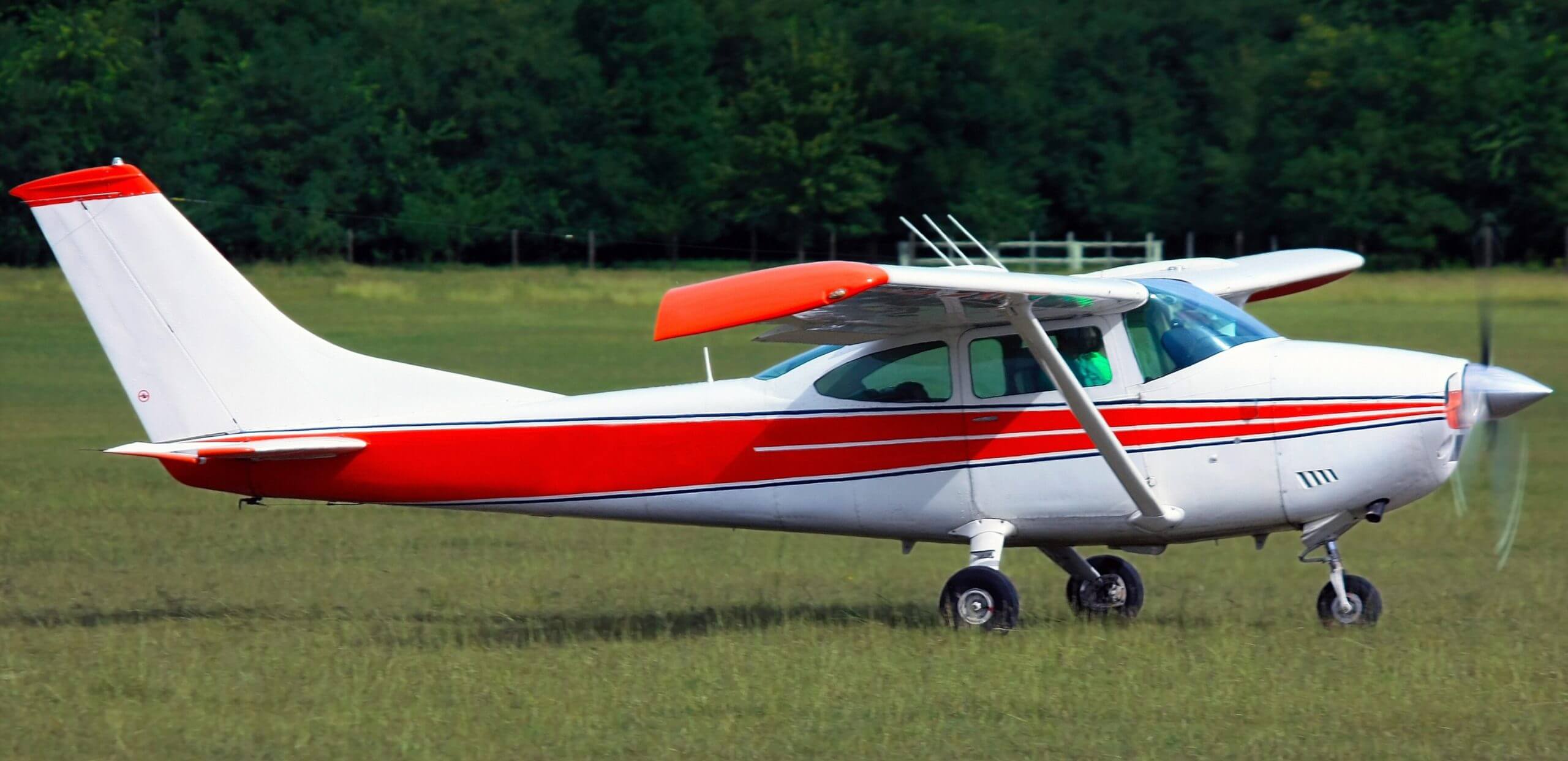At first glance, insurance might seem like insurance. You protect an asset, pay your premium, and hope you never need it.
So when new aircraft owners ask questions like:
“Can we just remove the business use to lower the premium?”
“Why is this quote taking longer than my auto policy?”
“Why does it cost more to insure an airplane than my $100,000 car?”
We get it. These are totally valid questions.
But here’s the truth:
Aircraft insurance is not like car insurance. Not even close.
It’s more complex, more personalized, and more manually underwritten. And if you approach it like you would your auto policy, you could end up confused—or worse, underinsured.
Let’s break down why aircraft insurance is different—and what that means for you as an aircraft owner.
1. Aircraft Insurance Is Manually Underwritten
Car insurance is algorithm-driven. You plug in your VIN, driving record, zip code, and within 60 seconds you have a quote.
Aircraft insurance? Not even close.
Every aircraft policy is underwritten by a real human. Underwriters analyze 30+ variables including:
- Aircraft type, model, and modifications
- Pilot license level, ratings, and flight time
- Recent training and recency of experience
- Airport location and elevation
- Use type: pleasure, business, rental, commercial, etc.
That means two pilots flying the exact same airplane can get very different quotes based on how their profile is presented.
2. Coverage Types and Terminology Are Different
Auto insurance usually bundles comprehensive, collision, and liability. Aircraft insurance breaks it down differently:
- Hull Coverage – Covers damage to your aircraft
- Liability Coverage – Covers injury or damage you cause to others
- Medical Payments – Pays out for passenger injuries
Unlike auto, hull coverage in aviation is not required by law, but liability often is—especially if you fly into towered airports or have a loan on the aircraft.
The concept of “deductibles” also varies. In aviation, you may have different deductibles for ground (not in motion) vs. in-motion damage.
And liability limits? Don’t expect $300,000/$500,000 split limits. Most aircraft policies are structured as $1,000,000 per occurrence with per-passenger sublimits—unless you upgrade.
3. Use Definitions Are Misunderstood
One of the most misunderstood terms in aircraft insurance is “Pleasure & Business.”
Most people hear “business” and assume it means flying for hire or charter work—which typically requires commercial coverage.
But in aviation insurance, “Pleasure & Business” is the standard personal-use category for aircraft owners.
It includes:
- Flying to a business meeting
- Visiting a job site
- Taking a client to lunch
- Personal weekend trips
You’re not being rated as a commercial operator. You’re simply being honest about your flight intent. Removing “business” to try and save money could misclassify your use—and cause problems in a claim.
4. Aircraft Claims Are Higher and Rarer
Aircraft insurance costs more than car insurance because aircraft claims are:
- Less frequent
- Much more expensive
- Involving higher legal and mechanical complexity
One bird strike, gear-up landing, or runway excursion can easily result in a $100,000+ claim.
That’s not just parts and labor—it’s specialized maintenance, FAA compliance, liability risk, and in many cases, subrogation between carriers.
Underwriters price accordingly.
5. Aviation Is a Smaller, More Specialized Market
The general aviation insurance market is tiny compared to the auto world. There are fewer carriers, fewer underwriters, and fewer brokers who understand how to navigate it.
That’s why your broker matters.
At BWI, we:
- Quote the entire aviation market
- Present your pilot and aircraft profile the right way
- Help you get credits for training, storage, and more
- Walk you through the entire policy—not just send you a PDF
And when something changes—training, aircraft, hangar status—we proactively update your file so your premium stays aligned with your risk.
Final Thoughts: This Isn’t Geico in the Sky
Aircraft insurance isn’t plug-and-play.
It’s a bespoke policy, built around your flying habits, your aircraft, your airport, and your training profile.
That might sound complicated—but that’s exactly why you want a broker who lives and breathes aviation.
So the next time you get a quote that doesn’t make sense—or someone tries to explain it in auto terms—remember this:
You’re not driving a car.
You’re flying an aircraft.
And your insurance should reflect that.
[Request a Personalized Aircraft Insurance Quote from BWI Today]
Continue Reading



